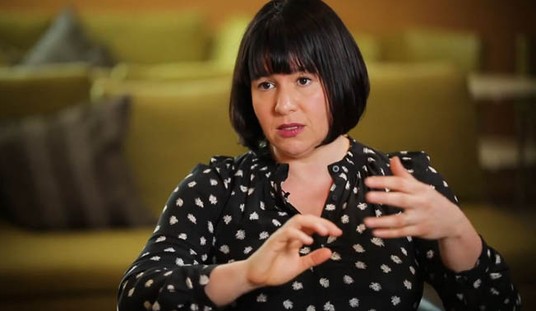The GDP number for the second quarter got revised sharply downward by a third today, dropping from the initial estimate of 2.4% last month to 1.6% in the intermediate revision. The number represents a hard rebuke to White House attempts to paint a rosy long-term economic picture, as the anemic growth rate may indicate even more trouble ahead for joblessness:
Real gross domestic product — the output of goods and services produced by labor and property located in the United States — increased at an annual rate of 1.6 percent in the second quarter of 2010, (that is, from the first quarter to the second quarter), according to the “second” estimate released by the Bureau of Economic Analysis. In the first quarter, real GDP increased 3.7 percent.
The Commerce Department notes that even this weak level of growth was mainly dependent on government spending:
The deceleration in real GDP in the second quarter primarily reflected a sharp acceleration in imports and a sharp deceleration in private inventory investment that were partly offset by an upturn in residential fixed investment, an acceleration in nonresidential fixed investment, an upturn in state and local government spending, and an acceleration in federal government spending.
In other words, real private-sector growth simply isn’t happening. Government can’t spend its way into real economic expansion, as we have seen every 35 years or so in the US.
If people wonder whether the administration can spin this news as somehow just another speed bump Recovery Summer Highway, the AP’s take on the revision (pre-release) spells trouble for spinmeisters:
The government is about to confirm what many people have felt for some time: The economy barely has a pulse. …
That’s a sharp slowdown from the first quarter, when the economy grew at a 3.7 percent annual rate, and economists say it’s a taste of the weakness to come. The current quarter isn’t expected to be much better, with many economists forecasting growth of only 1.7 percent.
The dismissive talk about double-dip recessions is also coming to an end:
“The economy is going to limp along for the next few months,” said Gus Faucher, an economist at Moody’s Analytics. There’s even a one in three chance it could slip back into recession, he said.
Earlier this week, I wrote that Porkulus turned out to be nothing but Cash for Clunkers on the largest possible scale — a short-term intervention that only gave the illusion of growth and recovery. Once the cash started running low, the economy returned to the same problems that the Obama administration attempted to hide through misdirection and massive borrowing. Again, the AP has come around to the same conclusion:
Many temporary factors that boosted the economy earlier this year are fading. Companies built up their inventories after cutting them sharply in the recession to match slower sales. The increase provided a boost to manufacturers, but now many companies’ stockpiles are in line with sales and don’t need to grow as much.
In addition, the impact of the government’s $862 billion fiscal stimulus program is lessening.
It’s not “in addition,” though. The decrescendo of cash is the reason the economy is reversing, because we didn’t have real and sustainable private-sector growth in the first place. What we saw was the product of someone dumping a trillion dollars in cash into the economy in an attempt to play a psychological trick on consumers and employers. It was smoke and mirrors, only the smoke is evaporating and the mirrors now reflect reality.








Join the conversation as a VIP Member